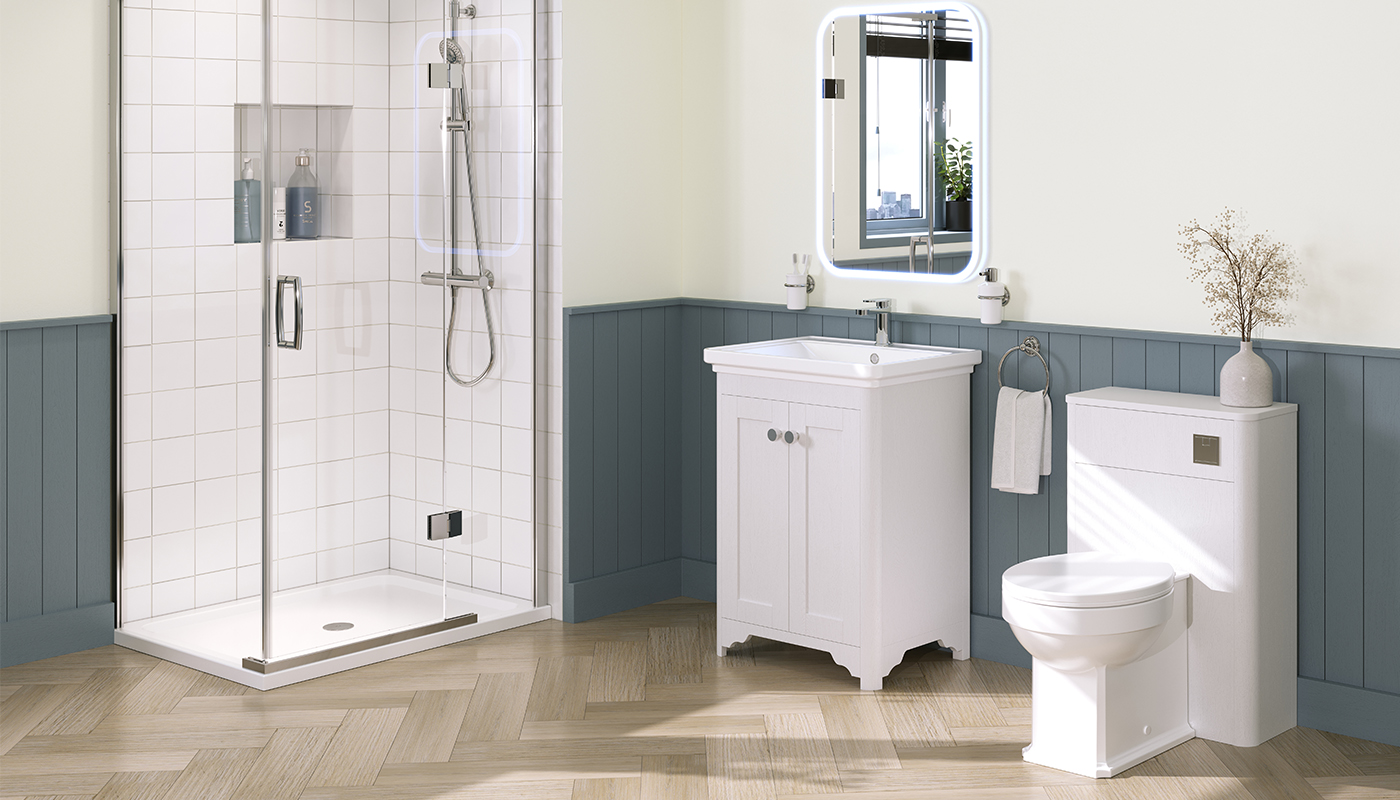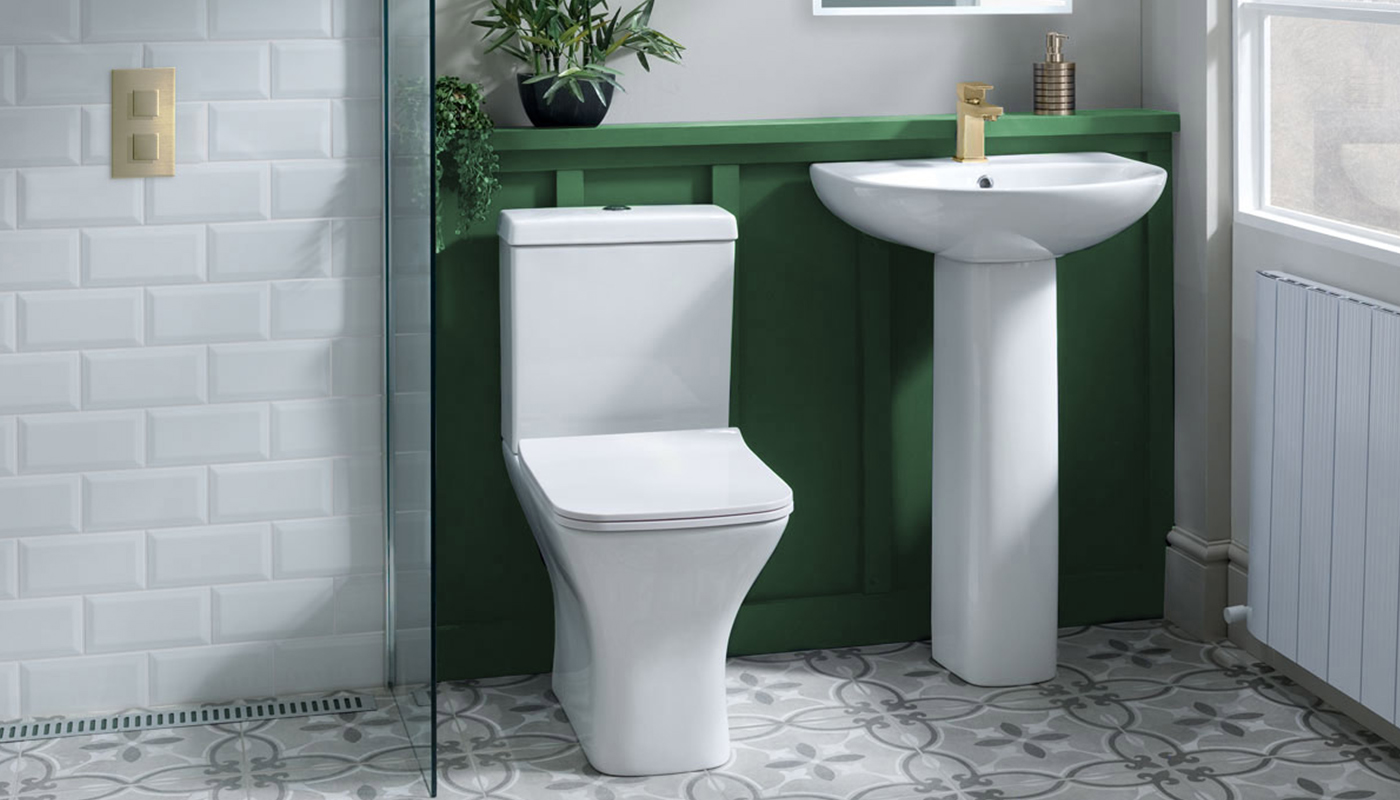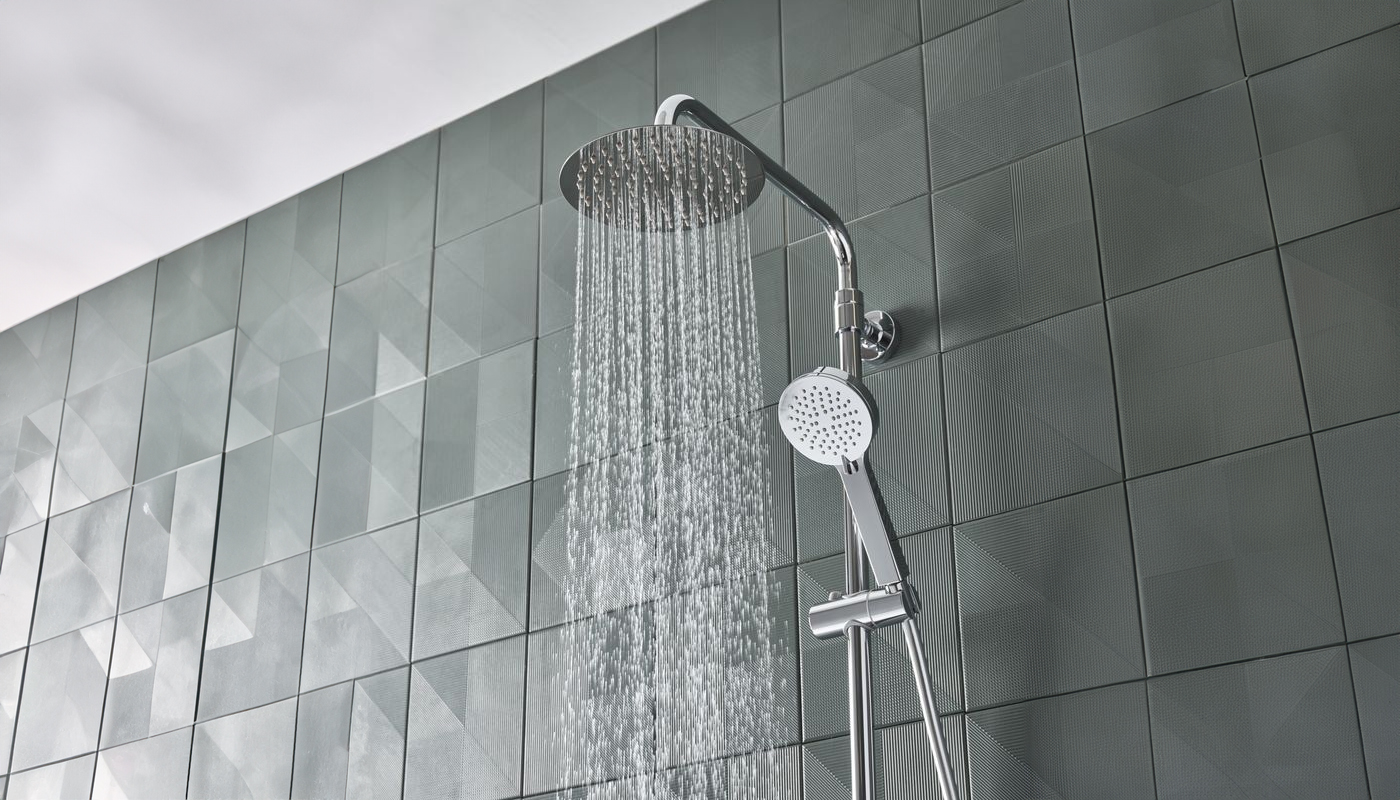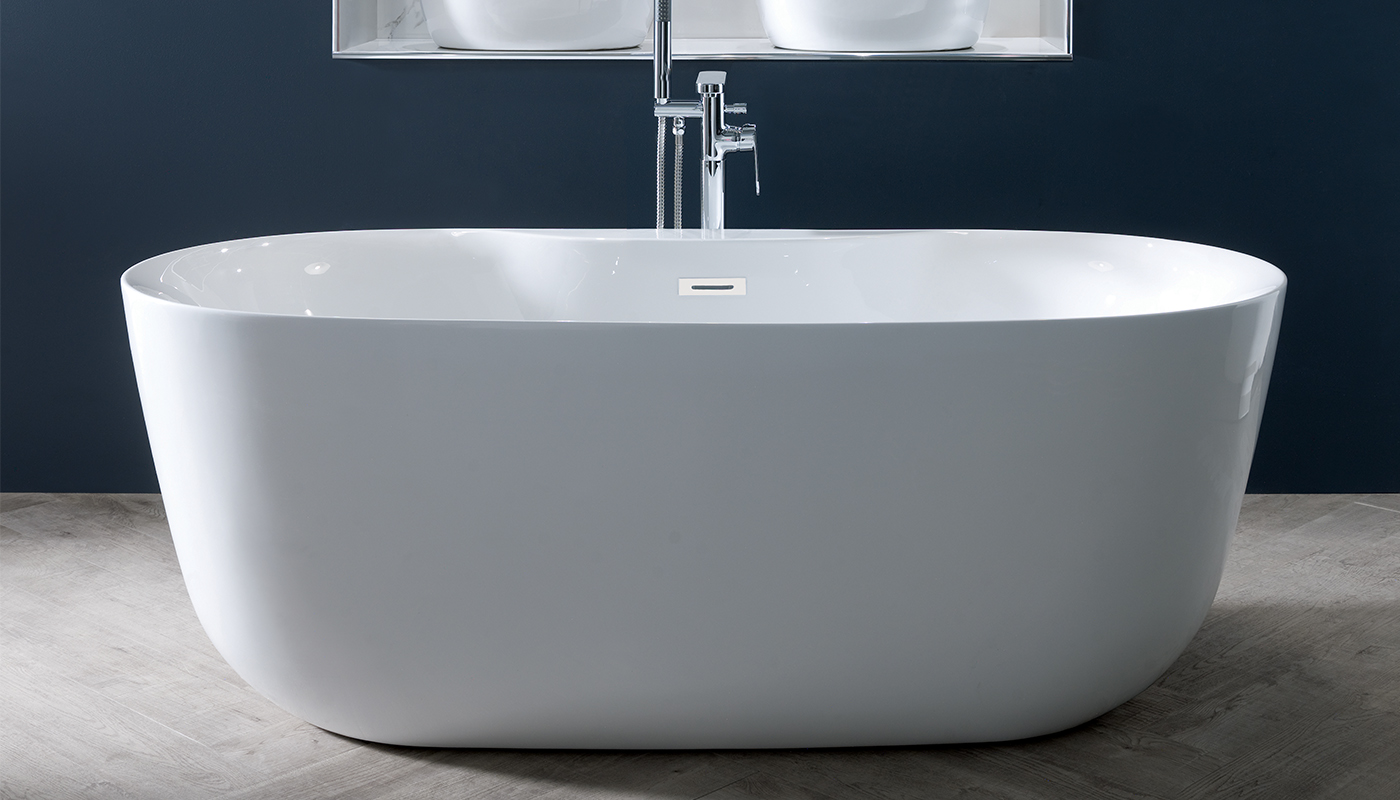Understanding Bathroom Jargon: A Guide for Customer

If you are planning a bathroom renovation or simply upgrading your fixtures, chances are you've come across terms that sound confusing. From closed back toilets to concealed shower valves, this bathroom jargon can make it hard to navigate your options. But don't worry - this blog post will break down the most commonly used terms in the bathroom industry so you can make an informed decision.

Closed Back Toilet vs Open Back Toilet
One of the first decisions you'll make when choosing a new toilet is between a closed back and an open back design.
Closed Back Toilet
A closed back toilet is where the back of the pan fits flush against the wall. This means all the pipework is hidden, creating a sleek and tidy appearance. Closed back toilets are ideal for modern bathrooms, where clean lines and minimalist designs are key.
Pros
- Aesthetic appeal: No exposed plumbing for a seamless look.
- Easy to clean: Less space behind the toilet to accumulate dust and grime.
Cons
- Installation can be more complex, as it requires precise pipework placement behind the wall.
Open Back Toilet
An open back toilet, on the other hand, has a gap between the toilet pan and the wall with the pipework visible behind it. These are more traditional in design and eaiser to install since the pipework doesn't have to bee hidden.
Pros
- Easier installation: No need to adjust plumbing inside the wall.
- Accessible pipework: If something goes wrong, it is easier to access.
Cons
- Visible pipework may not suit a modern or minimalist bathroom.

Exposed vs Concealed Shower Valves
When choosing a shower, you'll likely need to decide between exposed and concealed shower valves.
Exposed Shower Valves
An exposed shower valve is mounted on the outside of the walll, meaning that all the pipework and controls are visible. These valves are common in more traditional bathrooms, offering a practical and simple installation method.
Pros
- Easy to install as the valve and pipework are mounted externally, there's no need to cut into the walls.
- Cost-effective: Generally, exposed valves are cheaper due to the simpler installation process.
Cons
- Takes up more space: The pipework and valve protrude from the wall which can make the shower look bulkier.
- Less sleek: Not ideal if you're going for a clean minimalistic aesthetic.
Concealed Shower Valves
A concealed shower valve is fitted inside the wall, with only the controls visible on the outside. This type of installation is popular in modern bathrooms, creating a sleek and minimalistic look.
Pros
- Clean Design: With pipework hidden, the overall look is more streamlined.
- Saves space: Since the valve is inside the wall, it allows for a more spacious feel in the shower.
Cons
- Complex installation: concealed valves require more work and precision, often making them more expensive to install.
- Harder to access: If something goes wrong, accessing the concealed valve might involve cutting into the wall.
Close Coupled Toilet vs Wall-Hung Toilet
Another important comparison is between close coupled toilets and wall-hung toilets.
Close Coupled Toilet
A close coupled toilet is a traditional type of toilet where the cistern is mounted directly on top of the toilet pan. Thses are common in most homes and offer a practical, budget-friendly option.
Pros
- Affordable: Close coupled toilets tend to be more budget friendly.
- Simple installation: they require minimal plumbing adjustments.
Cons
- Bulky design: Not as space-efficient or sleek as wall-hung options.
Wall-Hung Toilet
A wall-hung toilet is mounted onto the wall, using a frame, with a cistern concealed inside a wall. The pan "hangs" off the ground creating a floating effect.
Pros
- Space-saving: Wall-hung toilets create the illusion of more space in the bathroom.
- Easy to clean since the toilet is off the ground, it's easier to clean the floor beneath
Cons
- Expensive, the concealed cistern and specialised installation make wall-hung toilets pricier.
- More complex maintenance: Accessing the cistern may require opening the wall.

Freestanding Bath vs Straight Bath
If you are choosing a new tub, you'll likely be deciding between a freestanding or straight bath.
Freestanding Bath
A freestanding bath stands on its own, not connected to walls. This design make a dramatic statement in bathrooms with ample space.
Pros
- Luxurious feeling: adds a sense of elegance and style.
- Versatile placement: can be positioned anywhere in the bathroom.
Cons
- Requires more space: freestanding baths generally need a larger bathroom.
- Higher cost: freestanding baths are usually more expensive to purchase and install.
Straight Baths
A straight bath can be installed against a wall with an end panel or into a recess, with three sides of the bath up against walls.
Pros
- Space-efficient: Ideal for smaller bathrooms.
- Practical: Often comes with shower options and is easier to access for cleaning.
Cons
- Less stylish: straight baths don't have the same visual impact as a freestanding bath.
Conclusion
Bathroom jargon doesn't have to be complicated, understanding the differences between vaious bathroom fixtures can make a huge difference when planning your renovation. Whether you're choosing between a closed back or open back toilet or picking the perfect type of bath for your bathroom, knowing thses terms helps you communicate effectively with you plumber and designer. This ensures your bathroom not only looks beautiful but functions perfectly too.

